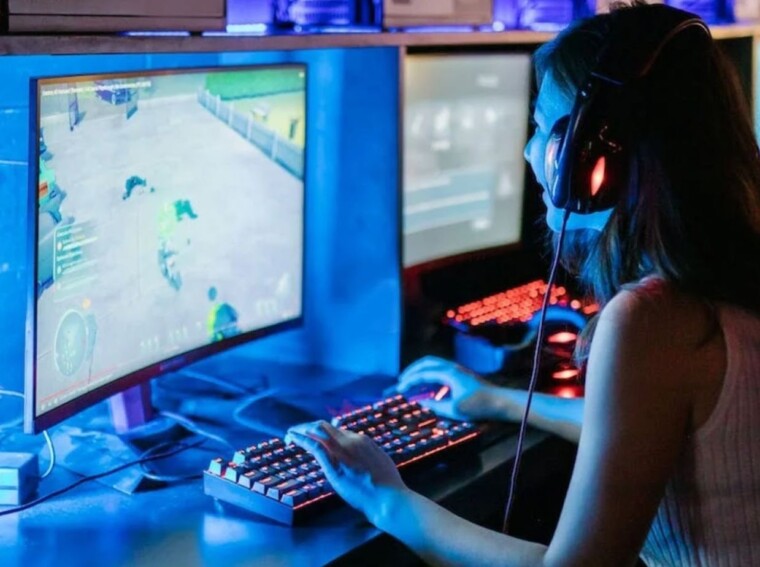You’re engrossed in a thrilling game, controller in hand, eyes fixed on the screen. The virtual world captivates you completely, blurring the line between real life and fantasy. Every jump, every move, and every decision feels vital.
But as the hours pass, you feel discomfort in your neck and back. Your posture starts to slump, like a tired soldier, unable to keep up with the demands of the game.
Almost all gamers go through this. The reason behind the pain is posture. Your neck and back muscles become strained as you hunch forward, leaning closer to the screen. Your spine, designed to be straight and aligned, gradually curves into a reclined position. This puts extra pressure on your spine and leads to discomfort and stiffness.
This article highlights the tips for improving your posture. With conscious effort, you can enjoy your gaming sessions without sacrificing your physical well-being.
5 Tips for Improving Your Gaming Posture
Sit Straight and Maintain Proper Alignment
When gaming, it’s important to sit straight and maintain proper alignment to promote good posture and reduce strain on your body. Sit with your back against the chair’s backrest, keeping your shoulders relaxed and your head in a neutral position.

Avoid slouching or leaning forward excessively, as it strains your neck and back. Maintaining a straight and aligned sitting position will help distribute the weight evenly throughout your body and reduce the risk of discomfort or injury.
Adjust Your Chair and Desk Height
Ensure your chair is at a height where your feet can rest flat on the ground or a footrest if needed. Your knees should be at a 90-degree angle. Similarly, adjust the height of your desk or gaming surface so that your arms comfortably rest without raising or lowering your shoulders.
Finding the right chair and desk height will enable you to maintain a natural and relaxed posture during your gaming sessions.
Position Your Monitor at Eye Level
Properly positioning your monitor at eye level is essential for maintaining good gaming posture. When your monitor is positioned too high or too low, it strains your neck and leads to discomfort. Ensure your monitor’s top line is at or slightly below eye level to achieve the optimal position.

Use a height converter to determine your monitor’s eye level height. This tool allows you to easily convert measurements between different units, such as feet, inches, and centimeters, helping you find the appropriate height for optimal viewing.
Use a monitor stand to elevate your monitor to the desired height.
Support Your Lower Back with a Lumbar Pillow
Consider using a lumbar pillow to provide additional support to your lower back. Place the pillow between your lower back and the chair’s backrest to help maintain the natural curve of your spine.
The lumbar pillow supports and promote proper alignment, reducing the strain on your lower back muscles.
Take Regular Breaks and Stretch
Taking regular breaks and incorporating stretches into your gaming routine is crucial for maintaining good posture and reducing muscle tension. Every 30 minutes, take a short break to stand up, walk around, and stretch your body.
Focus on stretching your neck, shoulders, back, and legs to release accumulated tension. These breaks and stretches help prevent stiffness and promote blood circulation, allowing your muscles to relax and recover from prolonged sitting.
Key Takeaways
Gaming often involves long hours of sitting, intense concentration, and repetitive movements, which can contribute to the development of bad posture habits. As you hunch forward, leaning closer to the screen, your neck and back muscles become strained, and your spine gradually curves into a reclined position.
Implement these tips to improve your posture:
- Sit straight and maintain proper alignment to distribute weight evenly and reduce discomfort.
- Adjust your chair and desk height for a natural and relaxed posture.
- Position your monitor at eye level to prevent neck strain and enhance comfort.
- Support your lower back with a lumbar pillow to maintain the natural curve of your spine.
- Take regular breaks and incorporate stretches to release tension and promote blood circulation.

